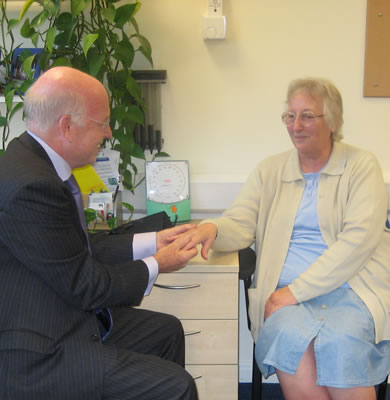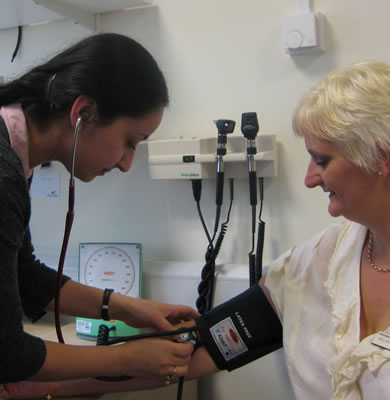Connective Tissue Disease course for GPs



This session will enable doctors to identify connective tissue diseases (CTDs) that are often seen in primary care, to distinguish between the main CTDs, to investigate, to monitor treatment and to support these patients.
This session was reviewed by Khyati Bakhai and last updated in August 2019.
Learning Objectives
By the end of this session you will be able to:
- Describe how connective tissue disorders (CTDs) present and the main differences between them
- Recognise common CTDs including polymyalgia rheumatica and Raynaud’s phenomenon
- Identify when to consider an underlying CTD in a patient, red flag symptoms and indications for investigation and referral to specialist care
- Clarify the GP and practice team's role in the monitoring of treatment for CTDs
- Describe the options for managing CTD patients holistically in primary care
Connective tissue diseases (CTDs) are chronic inflammatory auto-immune disorders that can affect all connective tissues, i.e. joints, skin, muscles and blood vessels, and therefore have multiple effects on many organs throughout the body.
Dr Graham Davenport is a single-handed rural GP and, having been taught by Frank Dudley Hart at Westminster Hospital, he has maintained his interest in rheumatology through the Primary Care Rheumatology Society of which he is a past-President.
He completed an MSc in rheumatology in 1999, with his thesis on “How to reduce the gastro-intestinal complications of non-steroidal anti-inflammatory drugs in primary care” and he has been involved in postgraduate education for GPs as a lecturer, trainer, course organiser and appraiser.
He has a particular interest in non-steroidal anti-inflammatory drugs and osteoporosis and has contributed to the development of the NICE guidelines for osteoporosis treatment, the use of strontium ranelate for the prevention of osteoporotic fractures and a review of coxib guidelines. He has organized a national osteoporosis working group to develop guidelines for primary care and to roll out a series of workshops for GPs, and is planning to improve the education of registrars in musculoskeletal medicine.
Graham is a content author on the e-GPS project.

- Communication Impairments Part 4: Autistic Spectru...
- Posted By eIntegrity Healthcare e-Learning
- Posted Date: 2024-07-26
- Location:Online
- This session is the last of four that looks at different speech, language and communication impairme...
- Communication Impairments Part 3: Cleft Palate, He...
- Posted By eIntegrity Healthcare e-Learning
- Posted Date: 2024-07-26
- Location:Online
- This session is the third of four which describe different speech, language and communication impair...
- Communication Impairments Part 2: Specific Speech ...
- Posted By eIntegrity Healthcare e-Learning
- Posted Date: 2024-07-26
- Location:Online
- This session is about speech sound disorder (SSD). It describes the characteristics associated with ...
- Communication Impairments Part 1: Late-talking Tod...
- Posted By eIntegrity Healthcare e-Learning
- Posted Date: 2024-07-26
- Location:Online
- This session is the first of four which describe different speech, language and communication impair...
- Typical Development Part 2: First Words and Early ...
- Posted By eIntegrity Healthcare e-Learning
- Posted Date: 2024-07-26
- Location:Online
- This session gives an overview of the main aspects of how language typically develops in children. I...






